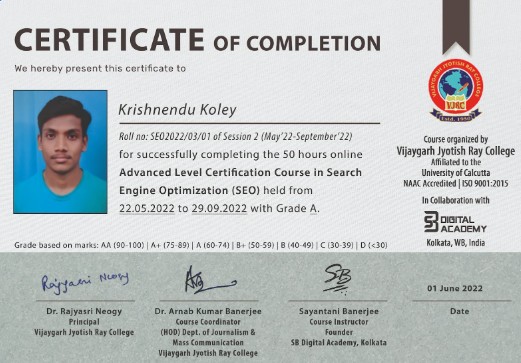Virtual Classroom Rules For Students
- Be dressed:- Since the virtual classroom is part of the institutional environment, the same dress code applies. Items such as tank tops, revealing clothing, or shirts with offensive print are inappropriate for class.
- Be on time:- Classes are relatively short, and there’s generally a lot of material to be covered. Starting on time not only shows respect for your classmates and the teacher, but it also frees up more time to ask questions or linger a little longer on more complicated subjects. To make sure the class can start on time, log in a few minutes before the class begins. If you have issues logging in, you will have a bit of time to contact the teacher right away and solve your connection issues.
- Mute your microphone and turn your camera on:- Virtual classrooms can get noisy quickly. Mute your microphone to keep the audio channel free of clutter and available to the speaker. Communication is also visual. Keep your camera turned on so your classmates and the teacher can read your visual cues. If needed, you can encourage each other with appropriate response emojis. Avoid distracting backgrounds.
- Do not drink or eat during class:- In general, you shouldn’t engage in activities that don’t contribute to the lesson. Eating and drinking is an obvious example here.
- Pay attention:- Class participation is mandatory. It will count towards your grade. Participation will ensure that the focus of the class is on the lesson and will help keep things organized and engaged. To be able to participate, you need to pay attention and listen so that you can respond appropriately when it’s your turn to speak.
- Don’t play with your computer or other devices:- As mentioned before, you shouldn’t engage in activities that don’t contribute to the lesson. It’s hard to work on a device that offers you a world of distraction and entertainment. But your computer should be entirely dedicated to the lesson at hand. You can’t properly participate in class and check your social feed at the same time.
- Be respectful:- Use the ‘raise hand’ function when you want to speak. Listen to your teacher and classmates, and only use the chat function when the teacher asks you to do so or if there is an issue with your connection. Refrain from using strong language or making offensive comments. Class environments are populated with people from all walks of life. Judgment won’t enrich you, but you’ll learn a lot from listening to others and trying to understand them.
- Do not discuss irrelevant topics:- Avoid discussing on topics which is totally irrelevant to the classroom teaching or the subject matter of the course. Do not discuss about family or personal matters in the classroom.
- Have fun and be creative:- If everyone follows the rules and contributes to the shared objective of all class members, virtual classrooms can be a fun and efficient way to learn. Make sure to approach it that way and be creative with the added possibilities that virtual classrooms and eLearning offer you.
Reading Materials For Students
- Online Reading Materials to be supplied:- After each and every class is over your teacher will send you a set of reading materials and assignments. These materials are available online.
- Copyright issue:- You cannot share the reading materials of assignment papers with others for personal use or reproduce them for commercial purposes.
Assignments For Students
- Online Practical Assignments:- After every class is over, your teacher will send you a set of online assignments. Some of these will be in the format of a Google form. Theoretical questions as well as practical assignments will be given based on the chapter covered.
- Completion of Assignments:- Complete the assignments on time. If you are stuck with anything,g feel free to ask your teacher/instructor/trainer to assist you. Please note that more credit is given to students who can complete the task on time and on his/her own effort.
Attendance
- Minimum Attendance Requirement:- The student has to maintain 80% attendance in live classes and 100% completion of the assignments.
Assessment
- Assignment evaluation:- Assignments are evaluated every week, and marks are given based on the performance. You need to pass all the assignments given for a module to move on to the next module of the course.
Gradation System
- Grade AA: Marks Scale: 90-100 | Remarks: Outstanding
- Grade A+: Marks Scale: 75-89 | Remarks: Excellent
- Grade A: Marks Scale: 60-74 | Remarks: Very Good
- Grade B+: Marks Scale: 50-59 | Remarks: Good
- Grade B: Marks Scale: 40-49 | Remarks: Satisfactory
- Grade C: Marks Scale: 30-39 | Remarks: Marginal
- Grade D: Marks Scale: <30 | Remarks: Disqualified
Certificate Issue
- No certificate without completion of the course:- Certificates to all the successful students of a batch/session will be issued after the completion of the course.
- No certificate without completion of assignments:- If a student fails to complete all the assignments given to him/her within the stipulated period after the completion of the course, then no certificate will be issued to the student. The certificate will only be issued after the completion of all the assignments, and the student needs to pass all of them with at least the pass mark.
- Digital Certificate:- Students are issued a digital certificate (both web/printable file formats)
Sample Certificate



